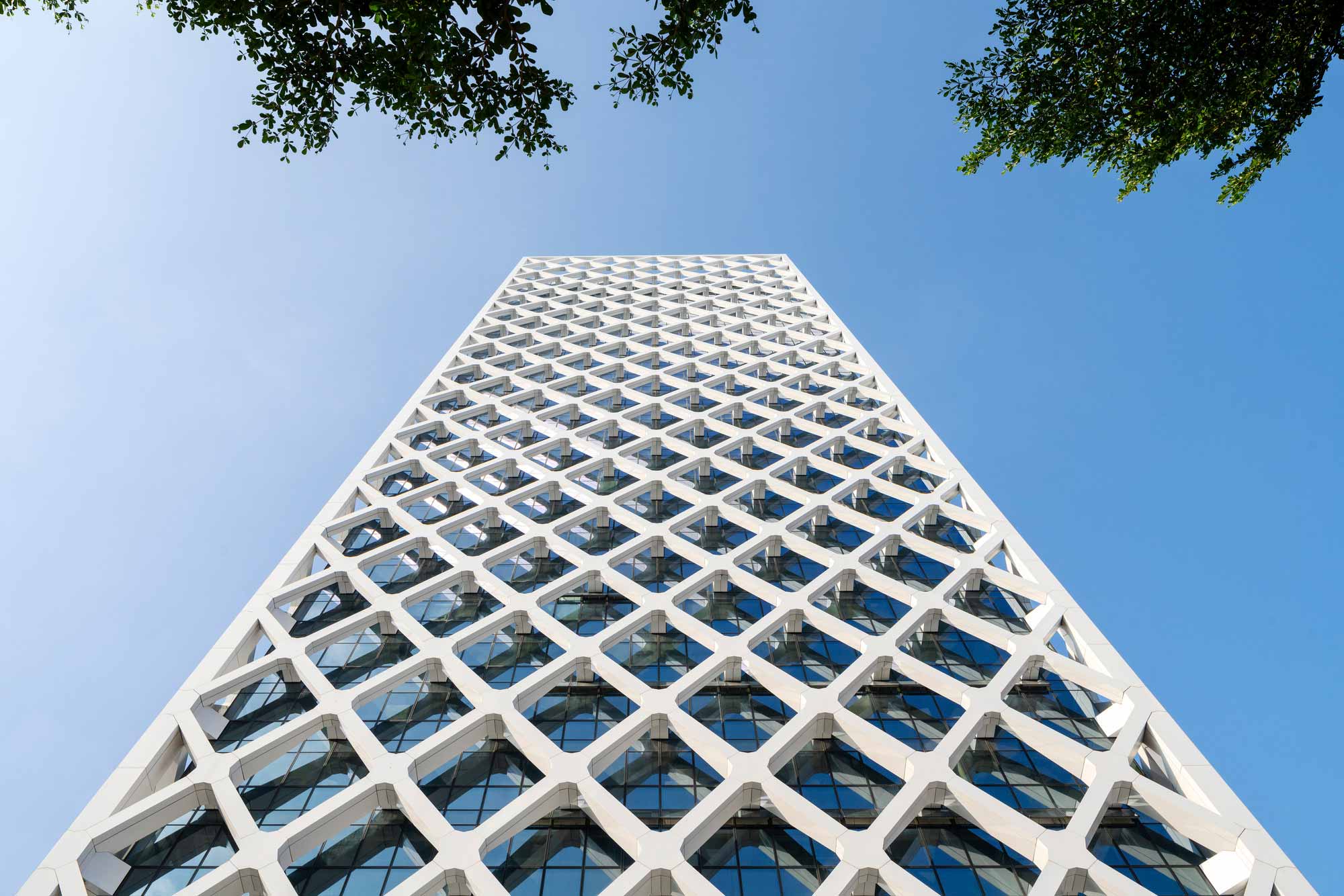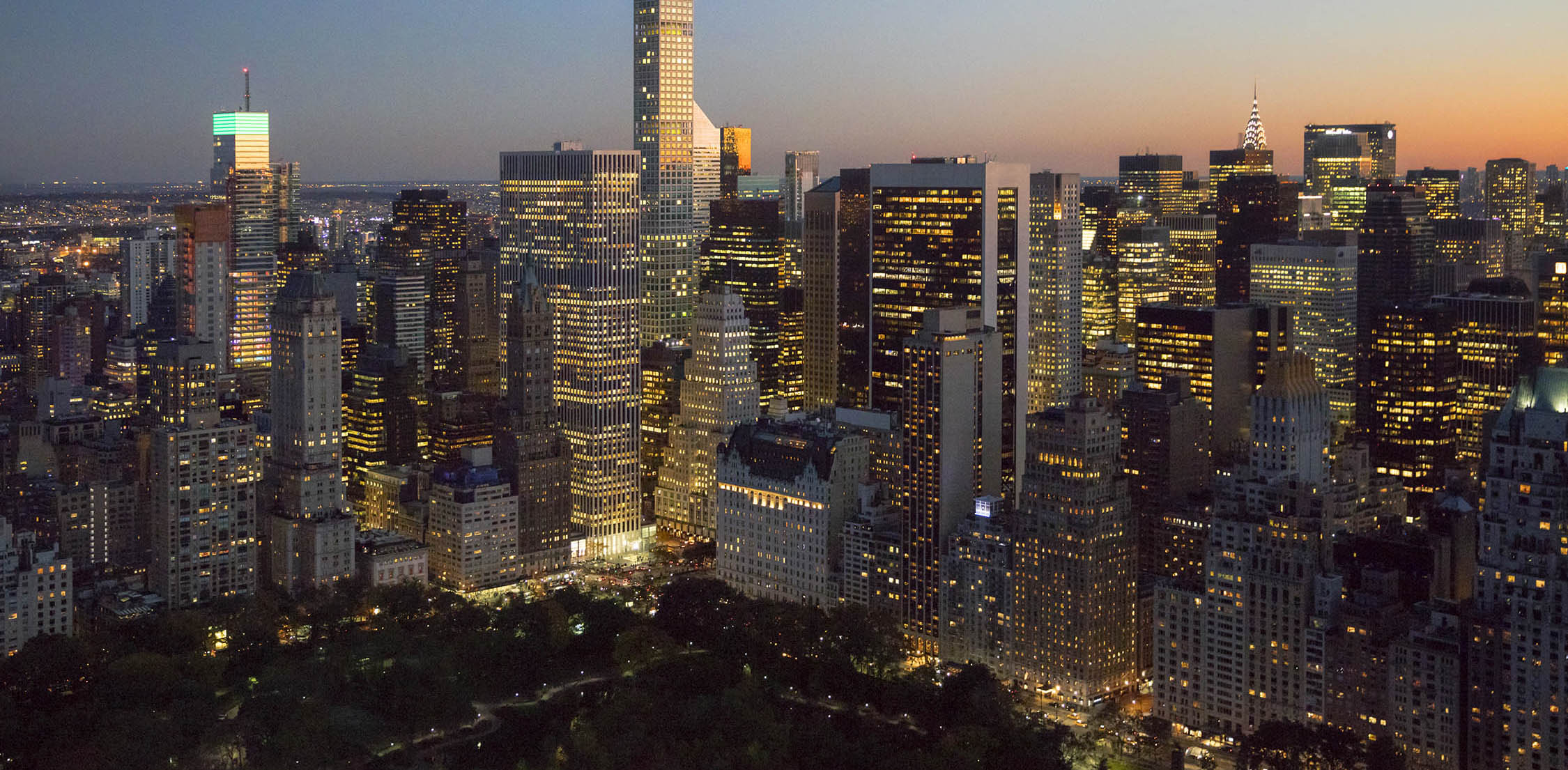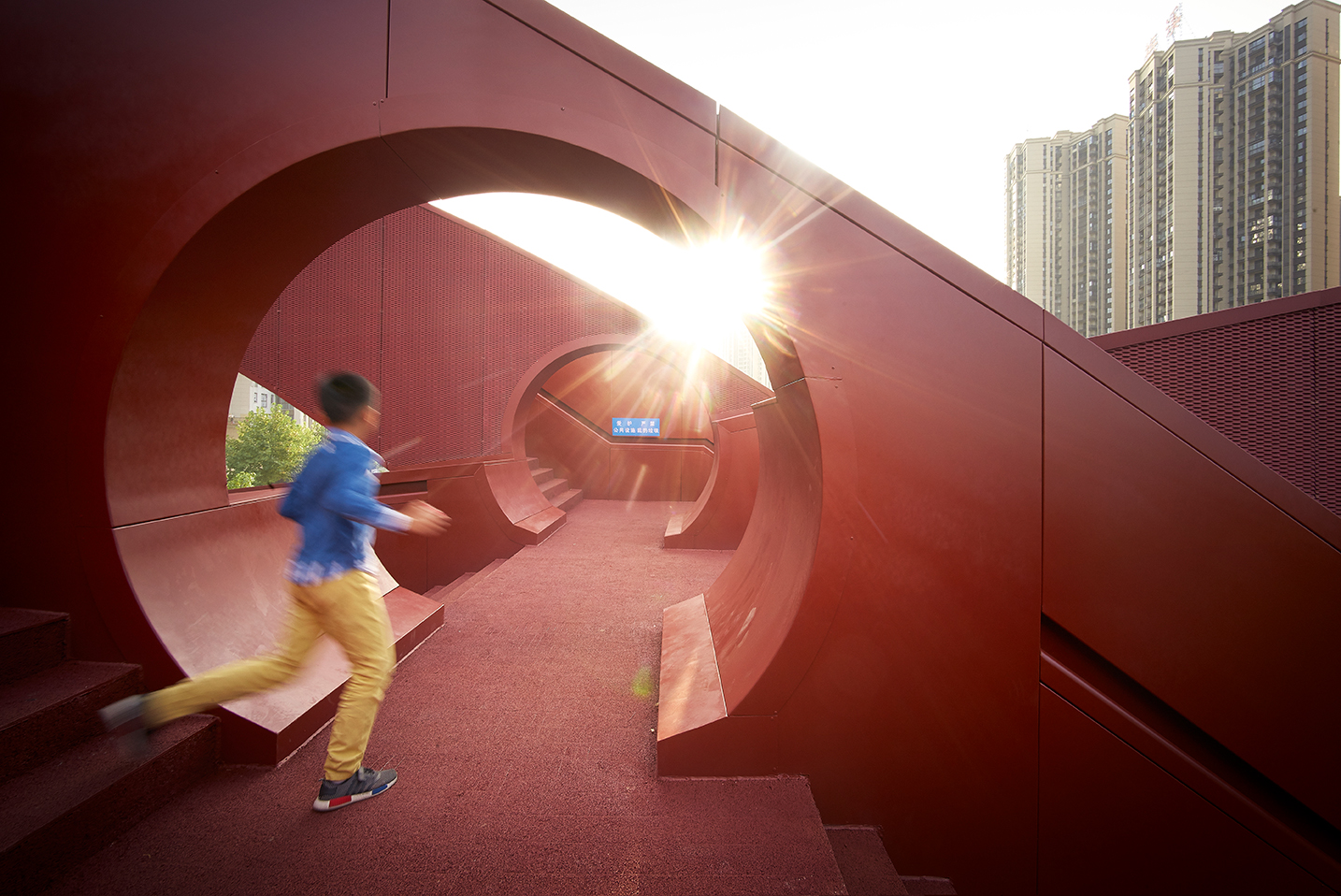The judging process for Architizer's 12th Annual A+Awards is now away. Subscribe to our Awards Newsletter to receive updates about Public Voting, and stay tuned for winners announcements later this spring.
In December 2015, world leaders signed the historic Paris Agreement at the UN Climate Change Conference COP21. Among other things, the treaty stipulates global temperatures should be limited to a 1.5C rise above pre-industrial levels to avoid ecological catastrophe. This is an optimistic goal considering it requires a 45% drop in emissions by 2030 and net zero by 2050.
More than a decade on, scant progress has been made. In 2021, the amount of carbon dioxide (CO2) entering the atmosphere reached a record high, up 5.3% on the previous 12 months at 37.1 billion metric tonnes. Last year, methane emissions — another grave cause for concern responsible for 30% of the world’s temperature increase — closed in on 2019 levels. For clarity, that was the worst year in documented history.
Nevertheless, climate awareness is improving. In a wide-ranging poll that reached 56% of the world’s population, The Peoples’ Climate Vote was the most extensive survey on this subject ever conducted. Responses revealed an average of 64% of people in any country now see the environment as a critical emergency.
That figure is echoed in the volume of conversations about the unfolding crisis, both among the public and in the business world. Architects are also chiming in. According to Reuters and Honeywell’s report, The Growing Importance of Sustainability in Buildings, nine in 10 organizations see their property portfolio reaching net zero as extremely (57%) or somewhat (29%) important.
Suffice it to say, there are serious challenges ahead. Around 40% of annual worldwide CO2 emissions are linked to the built environment. 13% of this comes from materials and construction, which have seen greenhouse gas output climb in recent years.
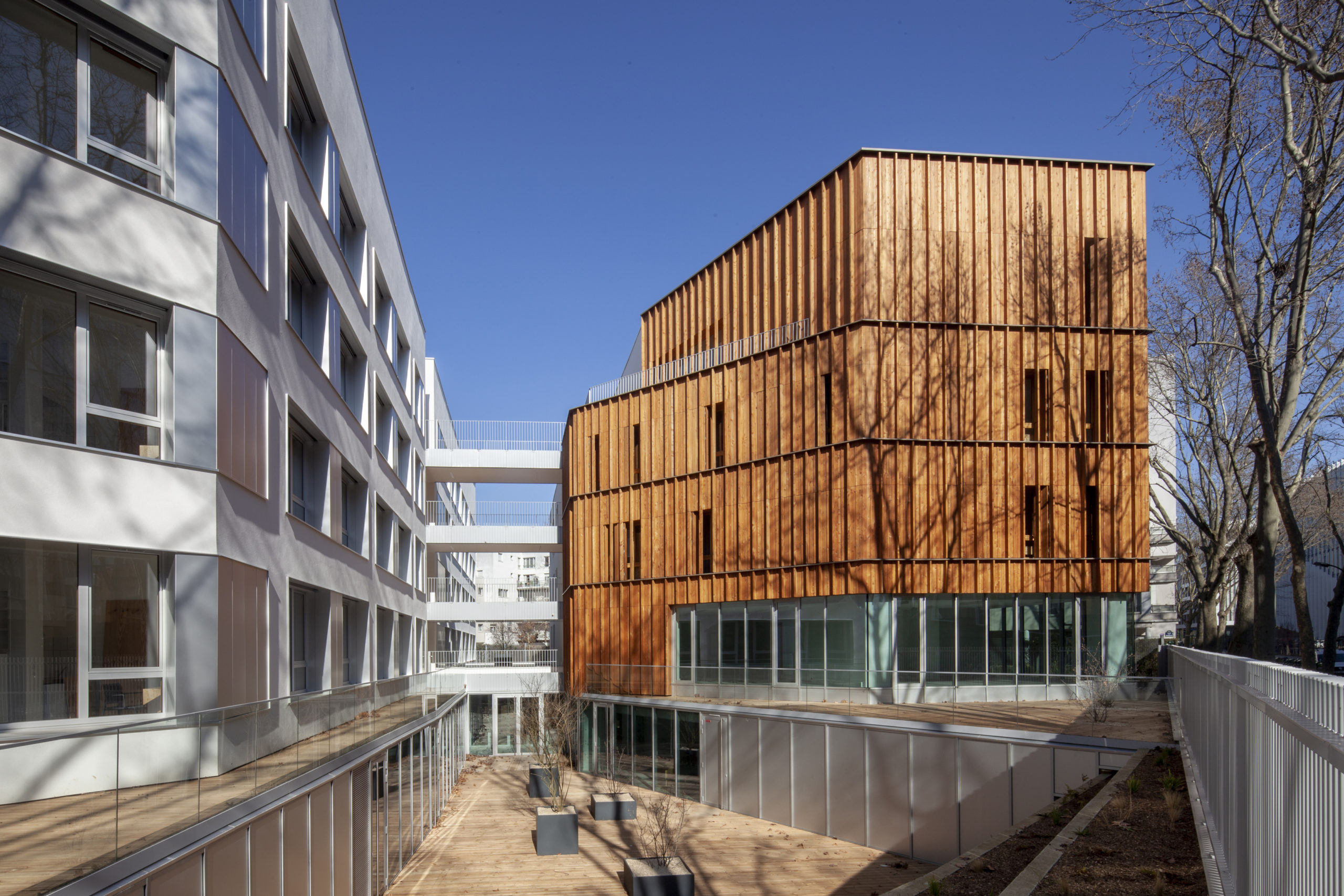
Transformation of an office block into a wood and straw building housing 139 student homes by NZI Architectes in Paris, France | Jury Winner, 10th Annual A+Awards, Architecture +Affordable Design
More worrying still, the majority of ‘built emissions’ — 27% of the planet’s total — are a result of operations and use. Of course, there are big variations between sectors. But, across the board, for every square foot we need to develop with the environment in mind, more changes must be made to how the end product is used.
For example, according to official stats, hospitality is behind just 1% of total worldwide emissions. But when we consider travel, without which hotels, restaurants and bars are no longer viable, that figure rises significantly. To understand the symbiotic relationship, just consider the impact of work-from-home on trade in major urban centers. Or the blow to business from recent UK rail strikes, which made millions of domestic leisure journeys impossible.
Elsewhere, healthcare contributes 5% of overall emissions, the vast majority from supply chain and energy. And few examples present the case for circular thinking like financial services. According to CDP research The Time to Green Finance, portfolio-related emissions — tied to what institutions invest in, rather than what they ‘do’ at HQ — are estimated to be 700 times higher than official industry figures suggest.
For its 11th Season, Architizer added a section of Sustainability categories to its annual A+Awards, reflecting rapid growth in this area and the desire to help spotlight professional leaders and building precedents greening the industry. In previous seasons there was a single Architecture +Sustainability category celebrating such innovators and the breadth of winning projects reflected a growing need to single out innovation according to building typologies. Designing sustainable architecture is necessarily linked to collaborative act of building more sustainable industries. We need a more sustainable Commercial sector; a more sustainable Hospitality industry, etc…
Meanwhile, winners from the previous season demonstrate that regardless of typology, architects are already getting ahead on rethinking their own industry. The winner in the 10th Annual A+Awards’ Architecture +Sustainability category was Querkraft Architekten’s Austrian Pavilion, a project conceived and delivered for the Dubai Expo. This design claims a three-quarter drop in energy use compared to average comparable buildings thanks to advanced climate engineering. Another entrant, NZI Architectes, used wood and straw to convert an old commercial property in Paris to 139 student homes (pictured above). The blueprint could make it easier for others to avoid excessive use of the most environmentally problematic materials, like concrete and steel. Indeed, there is mounting pressure on everyone involved in creating the built environment to construct a world that can endure in the long run.
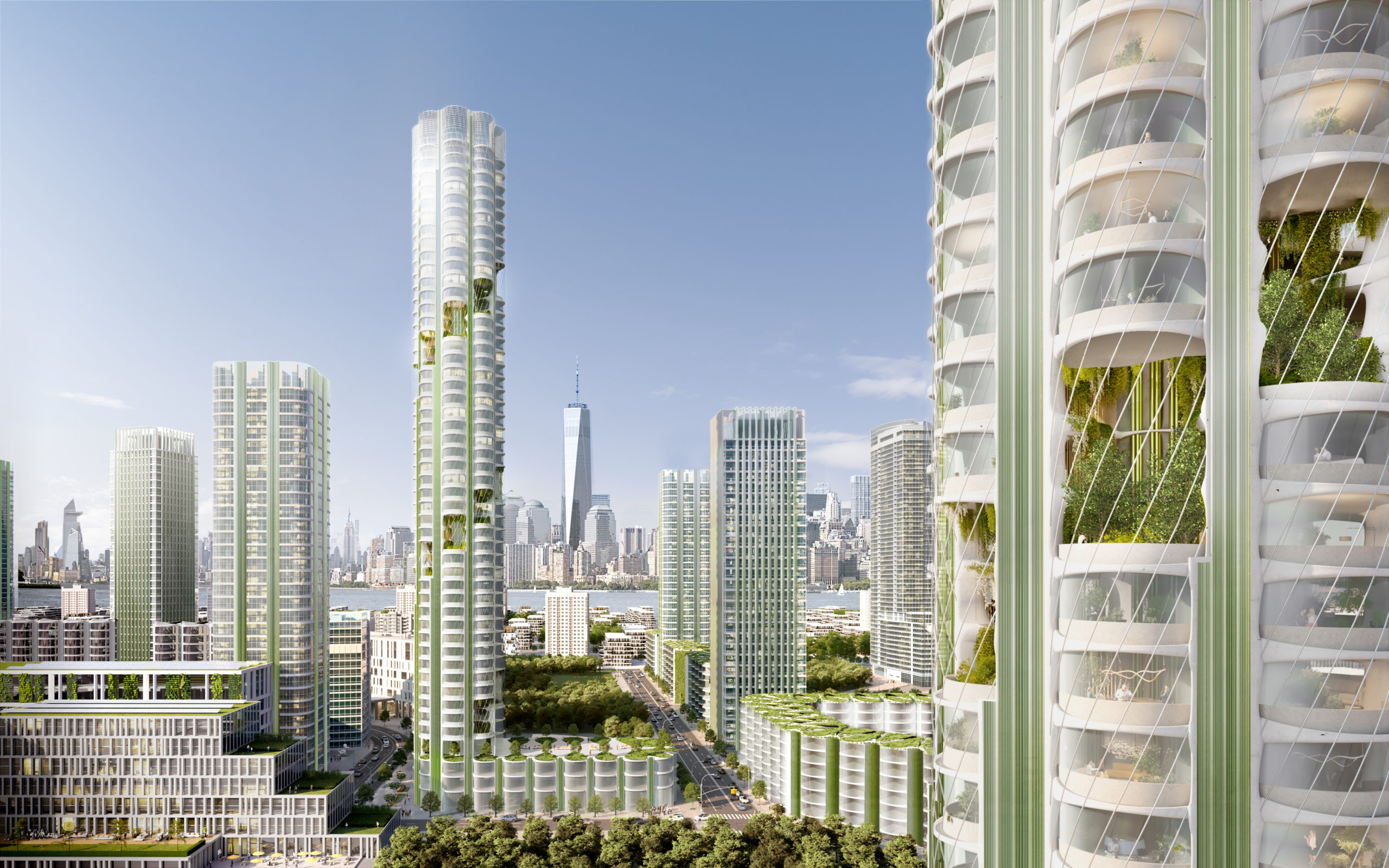
The Urban Sequoia project proposes turning buildings into carbon removal tools. Image by SOM | Miysis.
The Popular Choice winner in the same catgeory was Skidmore, Owings & Merrill’s (SOM). The American firm’s Shenzhen Rural Commercial Bank Headquarters (top image) employs mixed mode natural ventilation for less reliance on air conditioning. Its external diagrid, sat in front of office windows, further eases the Chinese city’s hot tropical weather by providing shade. SOM also recently unveiled Urban Sequoia, a project inspired by natural processes and ecosystems that essentially turns buildings into carbon removal tools: skylines of the future could act as high-tech human-made forests. These examples offer hope that as the world’s population continues to grow, the infrastructure to accommodate can have less of a negative impact. In some cases, it might even offer a climate-positive contribution.
Sadly, though, better building design will not be enough, and those relying on this are doomed to fail. A fundamental truth of our planet is that everything is connected, and steps to net zero must recognize this. From an architectural perspective, that means sustainable designs, not least in retrofit and redevelopment, with 80% of the buildings we will have in 2050 already standing today. But it also involves taking more responsibility in partnerships, helping others understand how to reduce ongoing impact.
Some of this starts with simple things — being ready with case studies to prove the feasibility of green design to unconvinced third parties. But deeper efforts are also underway. Like the growing number of firms establishing full environmental consultancy teams to share knowledge with those actually using the buildings, guiding how activities can become greener and cleaner. Like every other profession, architects cannot save the environment alone, yet it’s also clear our environment will not be saved without them.
The judging process for Architizer's 12th Annual A+Awards is now away. Subscribe to our Awards Newsletter to receive updates about Public Voting, and stay tuned for winners announcements later this spring.
